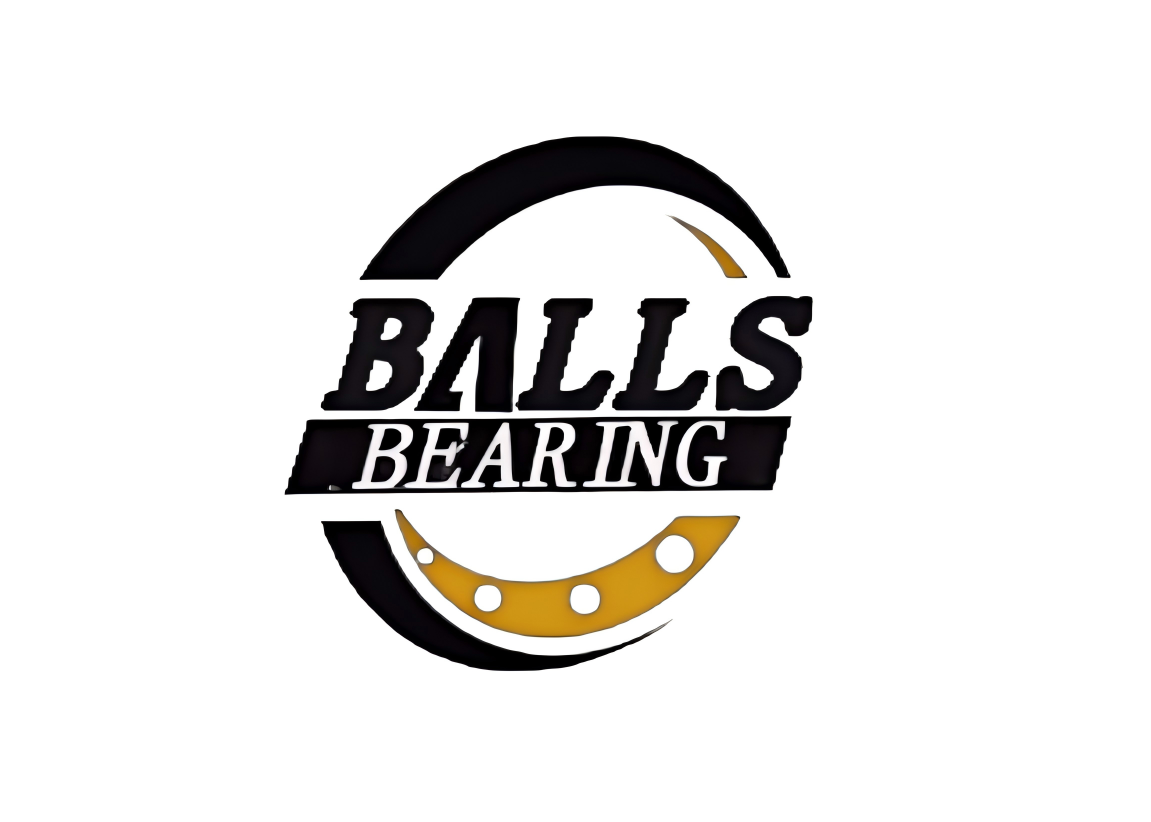How to choose a bearing?
There are many different types of bearings, and their prices vary widely. A faulty bearing can cause equipment failure and impact the entire industry chain. Therefore, choosing the right bearing for your application is crucial!
The first and most important criterion is the load the bearing must carry.
-For applications primarily bearing radial loads, choose a deep groove ball bearing.-For applications bearing axial loads, choose a thrust ball bearing or thrust roller bearing.
-For applications bearing both radial and axial loads, choose a thrust spherical roller bearing.
Secondly, consider the bearing's speed.
-For high-speed applications, such as machine tool spindles and small motors, deep groove ball and angular contact ball bearings are preferred.-For medium- and low-speed applications, roller bearings are more suitable.
Third, consider alignment and shaft deflection.
When there is misalignment between the shaft and the bearing housing, choose a spherical ball bearing or spherical roller bearing.When shaft alignment is perfect, choose a deep groove ball or cylindrical roller bearing.
Fourth: Bearing Lubrication
- Oil lubrication: Choose bearings compatible with oil-mist/oil-air lubrication systems, such as high-precision angular contact ball bearings.- Grease lubrication: For conventional motors, choose deep groove ball bearings or cylindrical roller bearings.
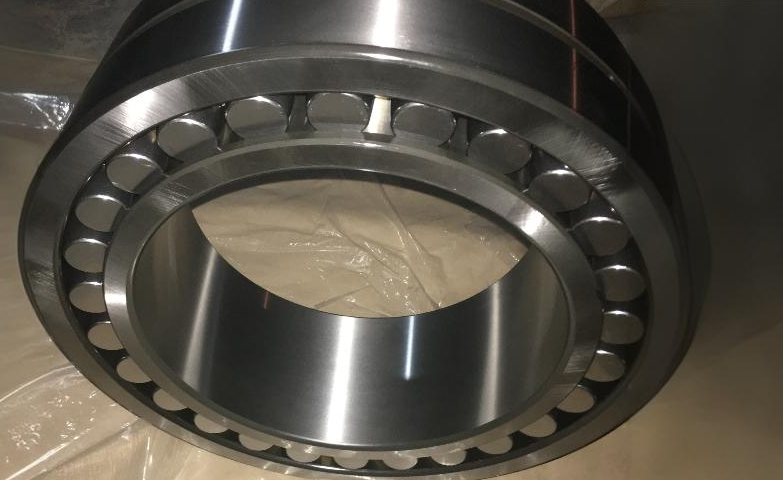
Summary: How to Select the Ideal Bearing
Choosing the right bearing for your machine or equipment isn't just about size — it's about performance, speed, and durability. Here's how Balls Bearing recommends you make the right choice:
1. Identify the Load Type and Capacity
Start by understanding what kind of load your bearing will carry — radial, axial, or a combination of both. Generally, ball bearings perform excellently in light to moderate load conditions, while roller bearings are better suited for handling heavy or impact loads.
2. Check Your Operating Speed
Rotational speed is another key factor. Applications running at high RPMs demand bearings with minimal friction — that’s where ball bearings shine. For slower-moving systems that carry greater loads, roller bearings are typically more reliable.
3. Consider alignment and shaft deflection
Every setup has its own tolerance for deviation. If your equipment requires high precision and minimal runout, ball bearings are usually the superior option due to their tight dimensional control and smooth operation.
4. Select the Proper Lubrication Method
Lubrication determines lifespan. For high-speed applications, verify your ndm value. If it exceeds the limit of grease lubrication, switch to an oil mist or air-oil system to prevent overheating. In low-speed or heavy-duty environments, an oil bath may provide the best protection.
At Balls Bearing, our experts can help you analyze your application’s load, speed, and precision needs — and recommend the most efficient bearing solution.
Talk to our technical team today to find the perfect bearing fit!
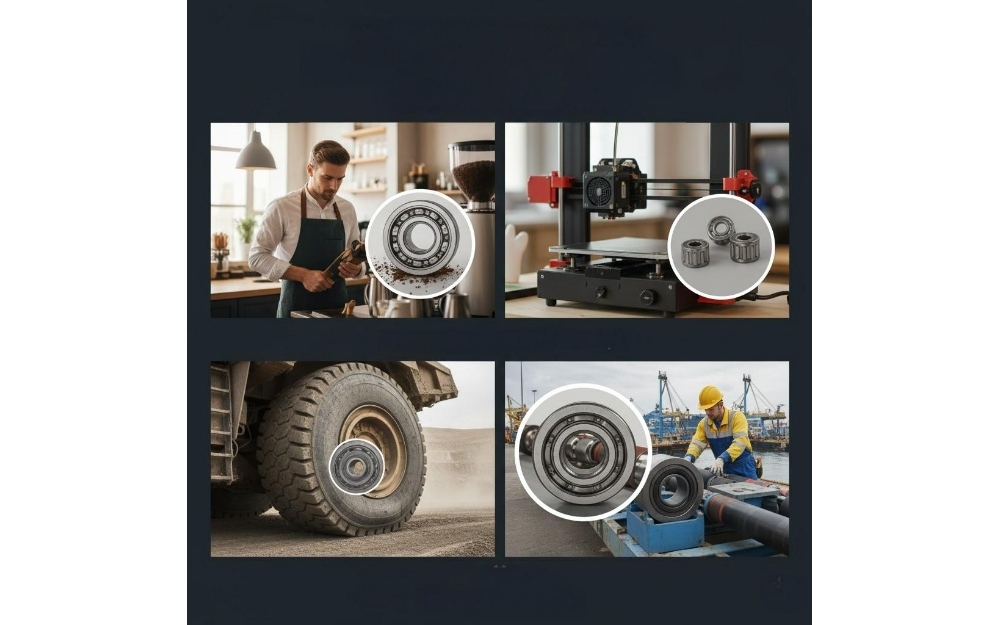 How do bearings support both light and heavy industries?
How do bearings support both light and heavy industries?
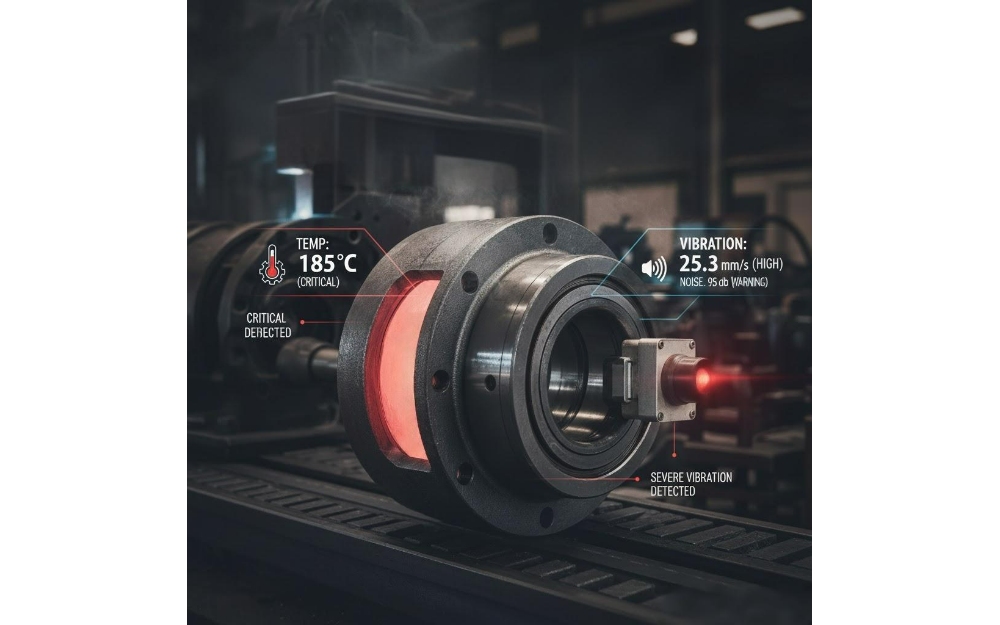 Abnormal temperature rise and vibration noise: Interpreting early warning signals of bearing housing failure!
Abnormal temperature rise and vibration noise: Interpreting early warning signals of bearing housing failure!
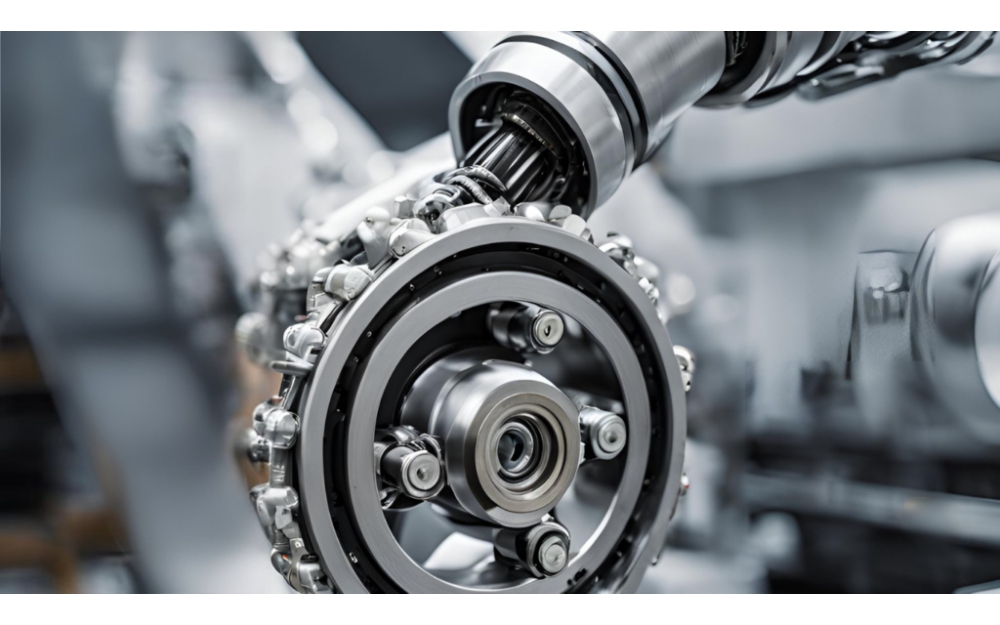 The Bearing Revolution: When Traditional Machinery Meets the Smart Era
The Bearing Revolution: When Traditional Machinery Meets the Smart Era
 How "Bearing Master" can carry the whole show and make your equipment say goodbye to "emo"!
How "Bearing Master" can carry the whole show and make your equipment say goodbye to "emo"!
